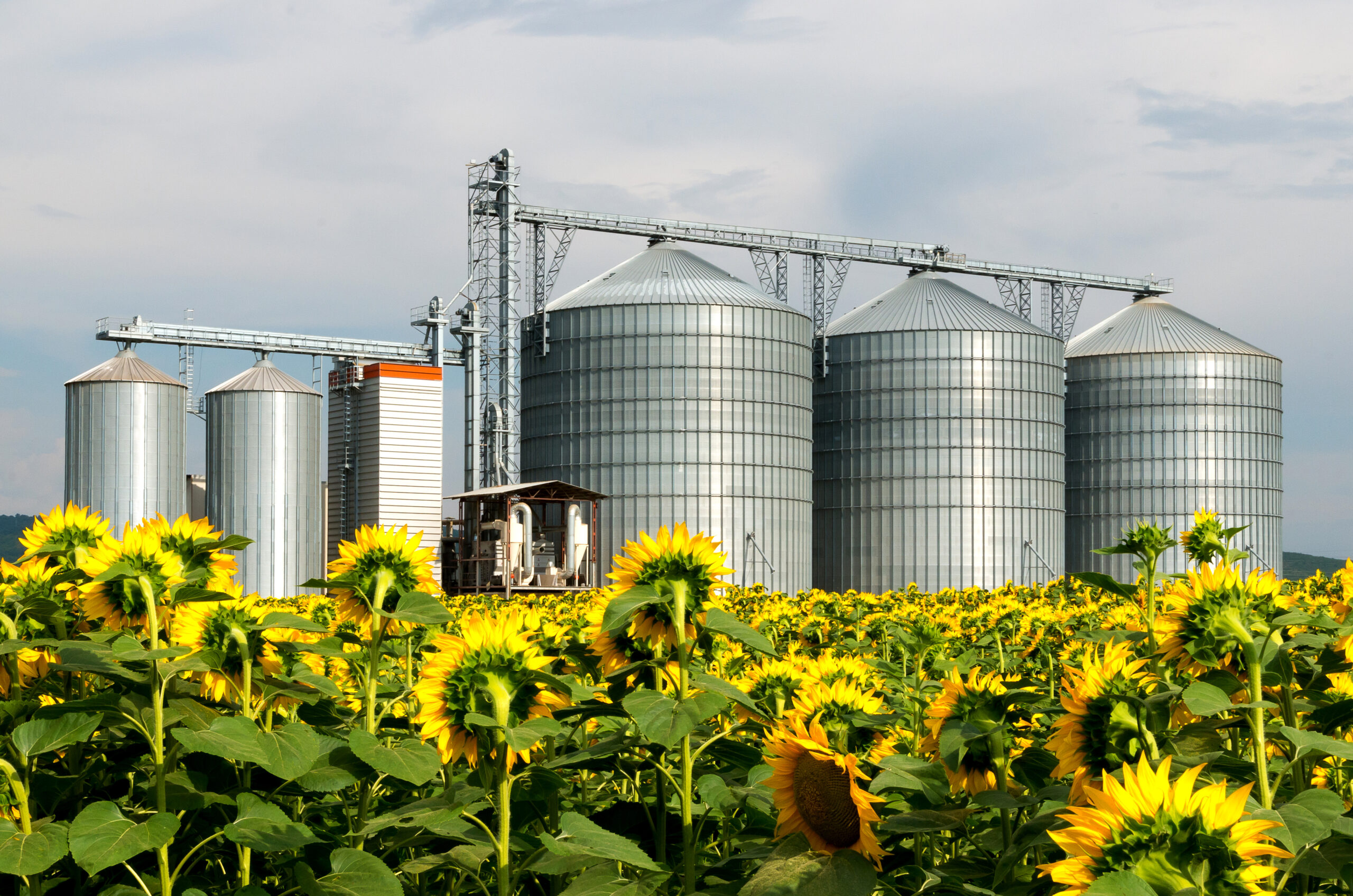On the 8. October 2018, Dr Steffi Friedrichs, Founder & Director of AcumenIST, was the invited NanoEarth Industry Speaker at Virginia Tech.
In a presentation entitled “The ‘Rise and Fall’ of Technologies (on the Example of Biotech and Nanotech)”, Steffi presented some of her results on the in-depth analyses of the “Statistics and Indicators of Biotechnology and Nanotechnology” and the “Visualisation of Technology Convergence”.
Biotechnology has often been referred to as the bigger sister of nanotechnology. Indeed, the difference between the two technologies is often reduced to a mere two-decade time warp between the technologies’ hype cycles, and both technology analysists, policy-makers and pressure groups continue to entertain each other with numerous stories about the exchangeability of the two technology names in meeting agendas, expert panel discussions, public debates and policy documents.
This talk by Steffi Friedrichs, however, highlighted the difference between the two technologies and outline the potential pitfalls (for both the public and the private sector) in reducing the expected trajectory of any technology’s development to a mere copy of a previous experience.
Steffi discussed the evidence recently published in two in-depth reports on the development of biotechnology and nanotechnology and their resulting impacts:
- The “Report on statistics and indicators of biotechnology and nanotechnology” brings together the latest available patenting and bibliometric activity data on biotechnology, nanotechnology and related emerging and converging technologies. In order to achieve a comparison between the two technology fields, the selected indicators and measurement methodology for these multidisciplinary and partially overlapping technologies were re-confirmed and stress-tested with a view to establishing uniquely accurate and relevant datasets.
- The “Trend-analysis of science, technology and innovation policies for BNCTs” studied the policies pertaining to nanotechnology and biotechnology over the past three decades and analysed them with regard to their directionality (i.e. the characteristics differentiating “technology-push” from “application-pull” policies) and their generality (i.e. the antonym of a technology-specificity that limits a policy to be applicable to a specific technology field only).
Follow these links to find out more about NanoEarth (the National Center for Earth and Environmental Nanotechnology Infrastructure) and the Department of Science, Technology and Society at Virginia Tech.

![20180327_Fig2-1 Development in biotechnology patent applications 1990 to 2012 Development in biotechnology patent applications, 1990-2012 (number of IP5 patent families by inventor’s country and priority date; see also: NOTE and SOURCE below) [Source (adapted): Steffi Friedrichs, OECD STI Working Papers, 2018/06]](https://acumenist.com/wp-content/uploads/elementor/thumbs/20180327_Fig2-1-Development-in-biotechnology-patent-applications-1990-to-2012-p89gy49jbvlahguvu2rsshyjnrxstq0dpzqfi569ag.jpg)






